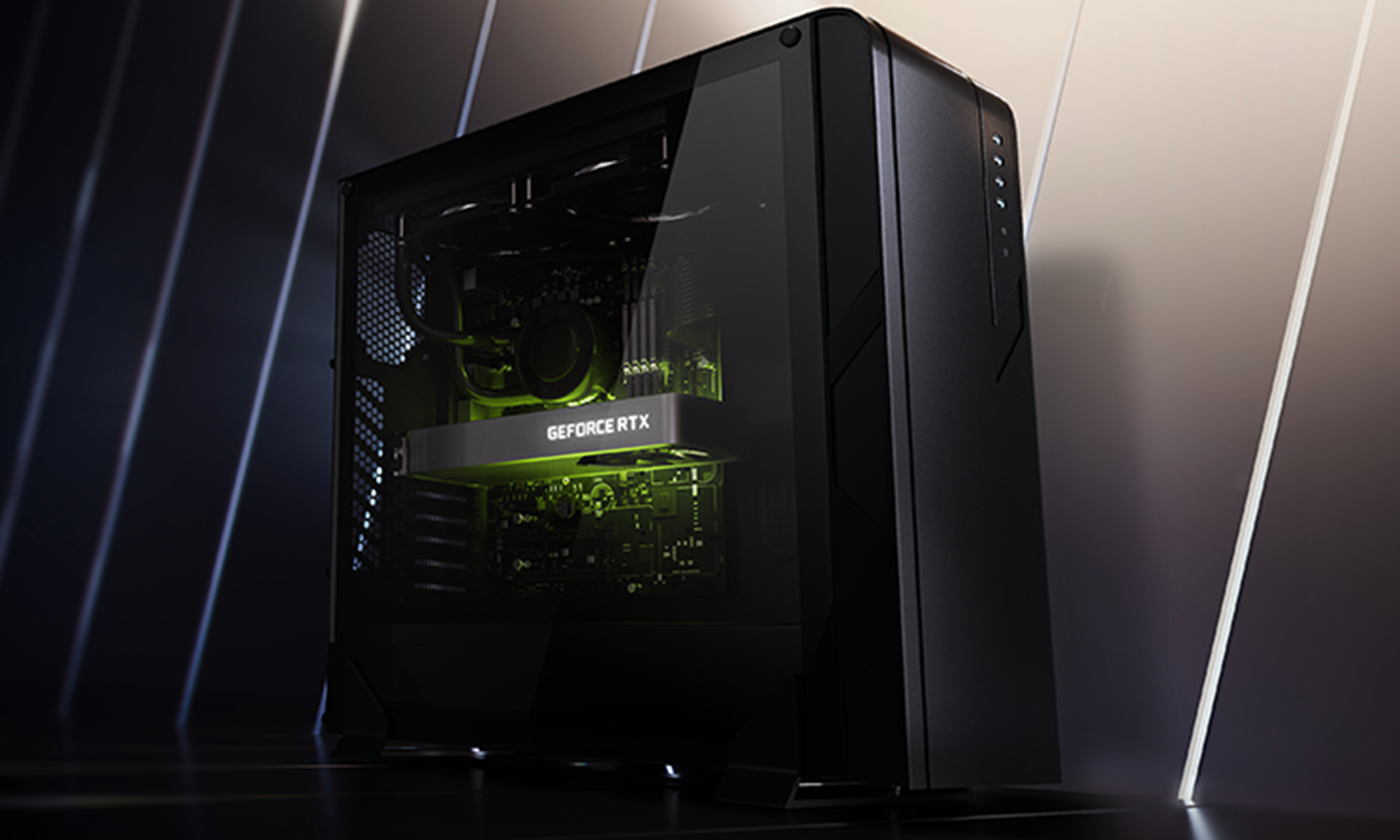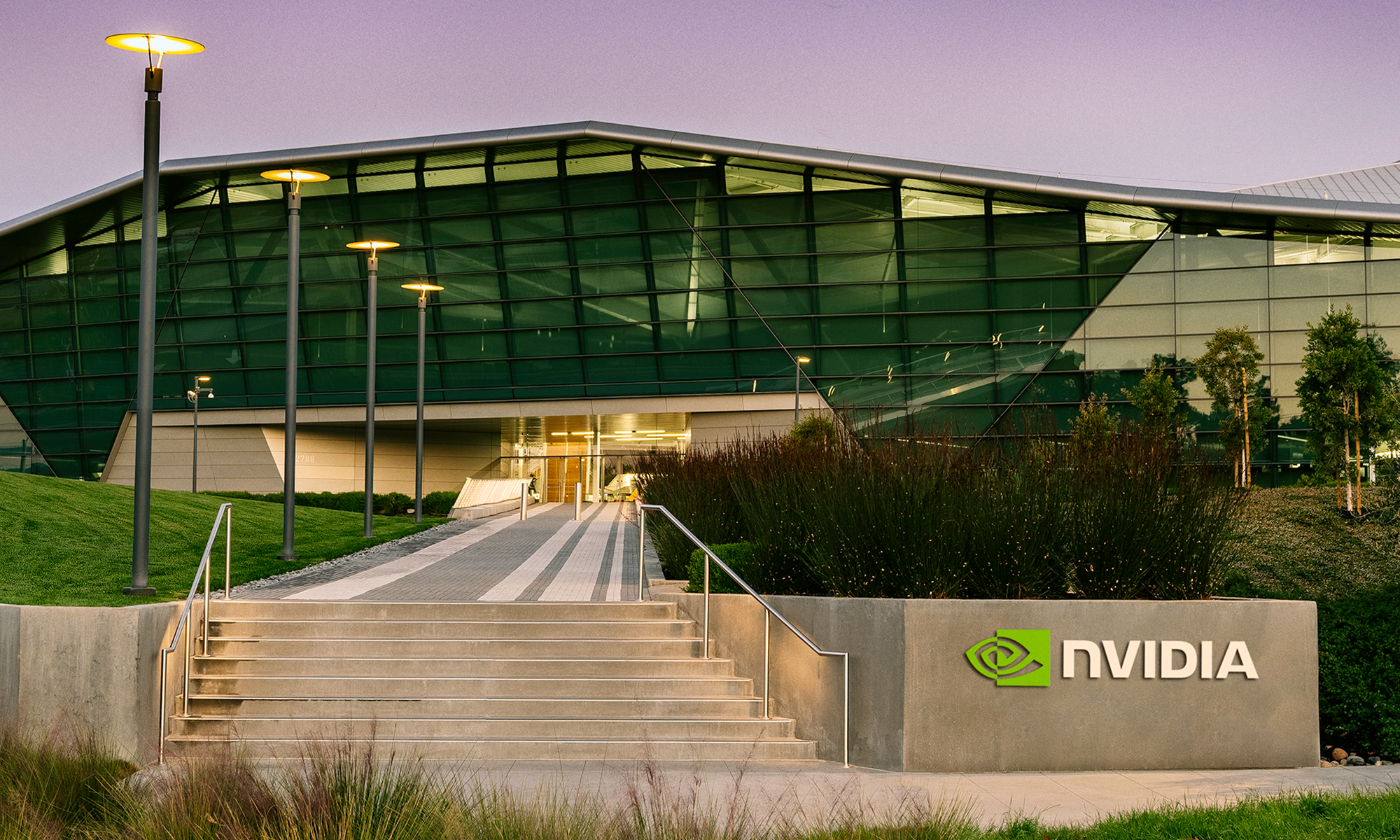Last year marked what can arguably be described as the single greatest performance for an asset class in history. The aggregate market cap of all virtual currencies soared from just $17.7 billion to around $613 billion over 12 months, representing a better than 3,300% increase in value. By comparison, the stock market has historically returned about 7% per year, inclusive of dividend reinvestment and when adjusted for inflation.
At the center of this rally is bitcoin, the world's most valuable token by market cap. Even though bitcoin rose by a more "pedestrian" 1,364% in 2017, the gain in value for its token since it began trading in 2010 is unparalleled. Between March 2010 and December 2017, bitcoin launched from $0.003 (less than a third of a penny) to approximately $20,000 per token. Had you thrown $1,000 into bitcoin in March 2010 and held, you'd be a multibillionaire.

Image source: Getty Images.
Of course, bitcoin hasn't performed all that well over the past three months. It has, at times, dipped as much as 70% below its all-time high set in December as worries about increased regulation in South Korea, China, and the United States have escalated,, and profit-taking has taken hold.
However, there could be something even deeper at play here that's causing bitcoin's swoon, namely its network performance.
Bitcoin's blockchain has grown sluggish
Even though bitcoin is the world's most popular cryptocurrency, and the token most likely to be accepted by merchants worldwide, its blockchain network -- blockchain being the digital, distributed, and decentralized ledger underpinning digital currencies that's responsible for logging transactions -- is rather slow. Whereas some of the largest cryptocurrencies by market cap can settle transactions almost instantly, bitcoin, which often requires six confirmations before a transaction is verified, can take an average of more than an hour. Though this is significantly quicker than the traditional banking system for cross-border payments, no one in their right mind buying a cup of coffee with bitcoin is going to hang around for an hour while their payment settles.
Scalability has been another issue. As bitcoin's reach has grown, transactions times have slowed to a crawl at times. As a network with one of the slowest block times (10 minutes), congestion may be taking its toll.

Image source: Getty Images.
By comparison, Litecoin, which I personally view as bitcoin's greatest direct competition in the medium-of-exchange space, has a block-processing rate that's four times faster than bitcoin (2 1/2 minutes). It also, according to an analysis from HowMuch.net, delivers a maximum transactions per second peak that's seven times higher than that of bitcoin. Not to mention that Litecoin also has its founder, Charlie Lee, working full-time to further the use of its token and sign up more merchants. Bitcoin lacks that presence, as it's still unknown to this day who actually developed bitcoin.
In many ways, bitcoin looks like yesterday's news. But there's still perceived hope with the expected implementation of the lightning network.
Can the lightning network save bitcoin?
Introduced as a concept in 2015, the lightning network is simply a second layer of protocols built atop a blockchain network that allows transactions to process almost instantly.
As detailed by CoinDesk, in order to use the lightning network, two parties would first set up a multisig wallet, which is a fancy way of saying a wallet that holds cryptocurrency (in this case bitcoin) and requires more than one signature to complete a transaction. In other words, both parties would have to be in agreement before any payments would be sent. Once the wallet address is saved to bitcoin's blockchain, the parties would be free to conduct transactions through a payment channel.
Following the completion of every transaction between two parties, they sign an updated balance sheet reflecting how much bitcoin each party should have. If there's a dispute between the two parties, they could simply go back to the most recently signed balance sheet for resolution.

Image source: Getty Images.
Finally, since these transactions are between just two parties, there'd be no need to reach network consensus, and no miners would need incentivizing, which should lead to near-instantaneous transactions. When the parties are done transacting, the lightning channel is closed, and the end balance is recorded on bitcoin's blockchain.
Given bitcoin's considerably higher transaction fees and lengthier processing times relative to Litecoin, Ripple, Ethereum, and pretty much every other large virtual currency, the lightning network would presumably make it competitive once again. It's worth noting, though, that the lightning network is being developed for other digital currencies, too, including Ripple, Ether, Litecoin, ZCash, and Stellar.
Too little, too late?
Unfortunately, the lightning network does have its drawbacks. Perhaps the biggest is that it's nowhere near ready to be deployed on a grand scale. Adding a second layer to bitcoin's existing blockchain is complex, and developers have suggested that it'll take time to work out the flaws.
Another issue that lightning developers are running into is enthusiasts piling into beta versions of this technology before it's been truly tested. There's clearly a lot of excitement about how the lightning networks could dramatically speed up bitcoin transactions. However, some of the users who've tried the beta versions have lost their bitcoin or been confused by the added payment layer. Developers have suggested that enthusiasts not use the beta version during the testing phase until the kinks have been ironed out, but users haven't exactly listened, which could slow down the development process.

Image source: Getty Images.
Furthermore, some pundits suggest that the lighting network won't become practical or scalable until there's wider acceptance of the Segregated Witness (SegWit) upgrade to blockchains, which improves blockchain capacity and processing times.
With maybe a year or more to go before the lightning network goes live, there remains an opportunity for Litecoin and its peers to showcase to the crypto community how much quicker their networks are right now relative to bitcoin. Keep in mind that since late 2015, the number of bitcoin transactions per day has been relatively range-bound, according to BitInfoCharts.com. By comparison, Litecoin, Ethereum, and Ripple have seen a relatively steady trend higher in total daily transactions.
While lightning is very much needed by bitcoin, it may be too little, too late.





